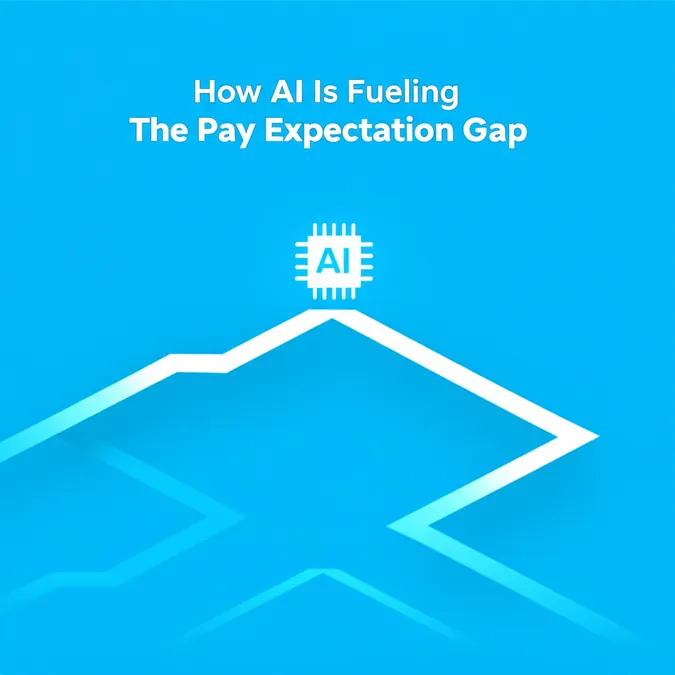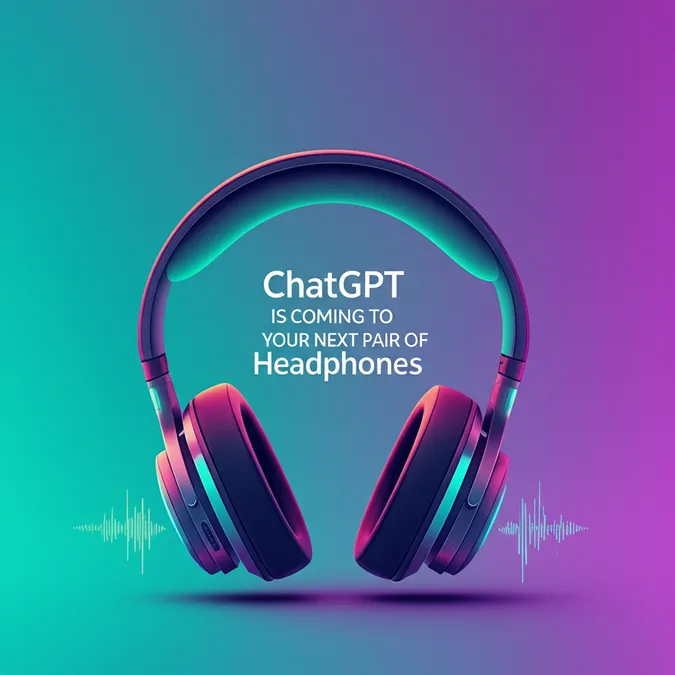Developer Offer
Try ImaginePro API with 50 Free Credits
Build and ship AI-powered visuals with Midjourney, Flux, and more — free credits refresh every month.
Your First Guide To Using ChatGPT
The world of AI has expanded rapidly since OpenAI first launched ChatGPT in 2022. Artificial intelligence is now a part of everything from Google search results to creative tools like Canva. This AI revolution has fundamentally changed how we find information, streamline our work, and even search the internet.
AI chatbots like ChatGPT are set to continue transforming how we consume, create, and communicate online. While the technology is advancing at a breathtaking pace, it's essential to grasp the basics of how tools like ChatGPT work to navigate this new digital landscape effectively.
(Disclosure: CNET's parent company, Ziff Davis, filed a lawsuit against OpenAI in April, alleging copyright infringement in the training and operation of its AI systems.)
Here is your essential guide to getting started with ChatGPT.
Understanding ChatGPTs Core Functions
At its core, ChatGPT is designed to answer your questions, summarize long texts, write new content, generate code, and translate languages. Depending on the version you use, it can browse the live internet or pull information from its last training dataset.
It's important to remember that this isn't magic—it's mathematics. The chatbot's responses are based on statistical predictions from a large language model. This makes it susceptible to generating incorrect information (hallucinations), making errors, and reflecting existing biases from its training data.
Always approach AI tools with a balanced perspective. You can use ChatGPT for a wide range of tasks, from professional needs like building a resume and cover letter or negotiating a raise, to personal goals like improving productivity, finding online shopping deals, or creating recipes from leftover ingredients.
How to Get Started with ChatGPT
You can begin using ChatGPT instantly, much like a search engine. Simply visit the official website at chatgpt.com or download the mobile app from the Apple App Store or the Google Play Store.
 ChatGPT/Screenshot by Amanda Smith/CNET
ChatGPT/Screenshot by Amanda Smith/CNET
Once on the site or in the app, you can type your question or prompt, use the voice function, or attach files. For more advanced and personalized features, creating an account is recommended. An account allows ChatGPT to remember your conversations and lets you customize its responses. You can sign up for a free account, which is sufficient for most users, or opt for the premium subscription ($20/month) for access to more advanced models.
Best Practices for Using ChatGPT
There isn't a single "right" way to use ChatGPT, but the one wrong way is to rely on it exclusively and outsource your critical thinking. A better approach is to use ChatGPT and Google, and always fact-check the information you receive from both. Dig into the sources they provide to verify the claims.
You cannot blindly trust the information AI generates, as it may be inaccurate or based on unreliable sources. It's helpful to approach the tool with a clear intention. Think of ChatGPT as a brainstorming partner or a research assistant—a tool to integrate into your workflow, not one to replace it entirely.
Crafting Effective Prompts for ChatGPT
You can ask ChatGPT almost anything, but never provide personal or sensitive information like credit card numbers or your Social Security number to protect yourself from potential data breaches.
The quality of the answer you get depends entirely on the quality of your prompt. The more context you provide, the better the result will be. Your prompt should be tailored to your goal, whether you're asking a question, summarizing text, brainstorming ideas, or analyzing data.
Here are a couple of examples:
Advice-Related Request
If you need advice, provide as much relevant background as possible.
Example Prompt: "I'm a 36-year-old woman preparing for IVF. I don't have known fertility issues, but my AMH is low. Please provide a suggested diet to follow before my egg retrieval and transfer."
This detailed prompt will yield a more specific starting point. You can then ask follow-up questions to refine the information. Remember to always consult a medical professional for health-related advice.
Data-Related Request
If you're a small business owner looking to reduce overhead, you can upload a spreadsheet of your expenses for analysis.
 ChatGPT/Screenshot by Amanda Smith/CNET
ChatGPT/Screenshot by Amanda Smith/CNET
Example Prompt: "Help me save money on my expenses. Attached is my expense list from last year."
Again, always double-check any figures or financial advice the AI provides.
Exploring ChatGPTs Features
If you're unsure where to start, you can explore the automatically generated prompts on the ChatGPT homepage. The Surprise me button offers a variety of creative prompts.
 ChatGPT/Screenshot by Amanda Smith/CNET
ChatGPT/Screenshot by Amanda Smith/CNET
Clicking on a suggested prompt can lead to interesting and unexpected results.
 ChatGPT/Screenshot by Amanda Smith/CNET
ChatGPT/Screenshot by Amanda Smith/CNET
Features like Make a plan can help you structure tasks like getting a promotion, buying a car, or planning meals for the week. For meal planning, you can provide a list of ingredients you have on hand or even upload a photo of your fridge to get custom suggestions.
This flexibility shows how AI tools like ChatGPT are a "choose your own adventure," serving as a handy partner for almost any task. Just remember to maintain a balanced view and always verify the advice you receive.
Compare Plans & Pricing
Find the plan that matches your workload and unlock full access to ImaginePro.
| Plan | Price | Highlights |
|---|---|---|
| Standard | $8 / month |
|
| Premium | $20 / month |
|
Need custom terms? Talk to us to tailor credits, rate limits, or deployment options.
View All Pricing Details

